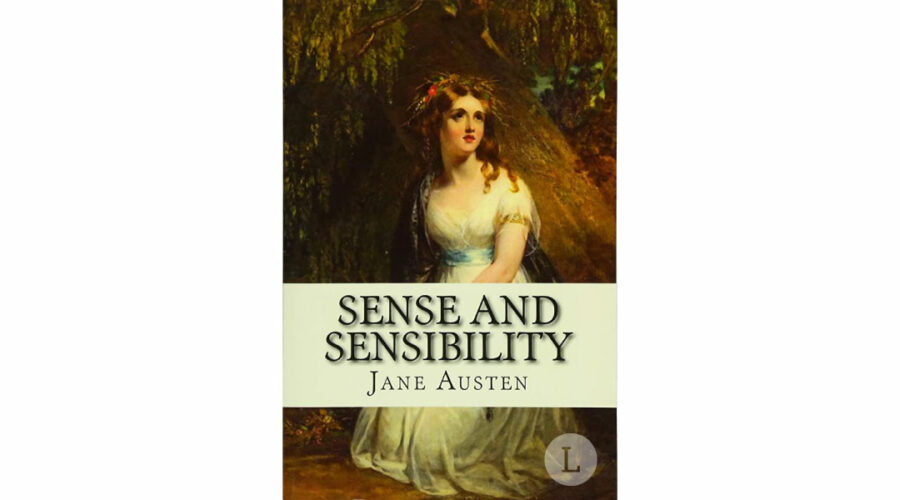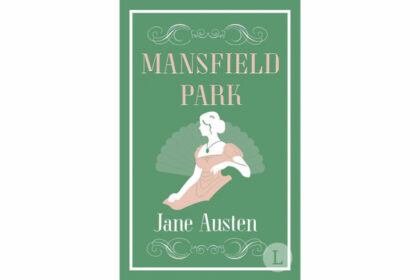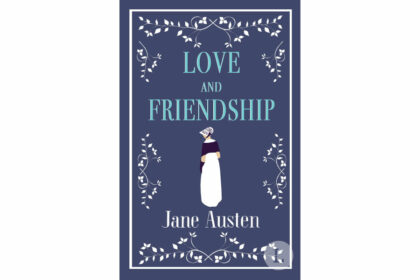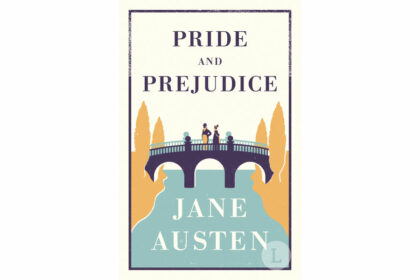Sense and Sensibility, first published in 1811, is the debut novel of renowned British author Jane Austen. It is a sophisticated romantic novel that explores the experiences and dilemmas of two sisters, Elinor and Marianne Dashwood, who embody the qualities …
Jane Austen – Sense and Sensibility




